Home>Ideas and Tips>Indoor Ivy Plant Trellis Ideas: Elegant Climbing Houseplants
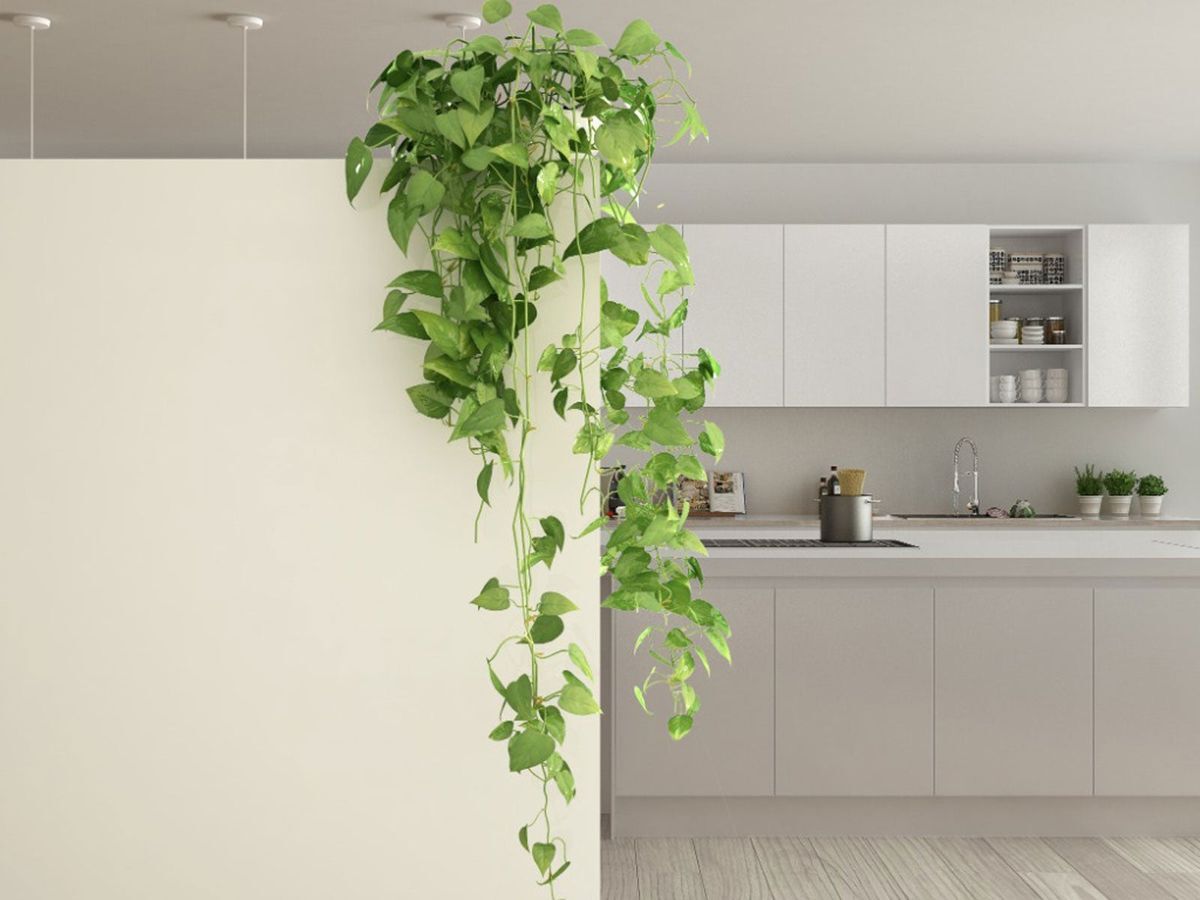

Ideas and Tips
Indoor Ivy Plant Trellis Ideas: Elegant Climbing Houseplants
Published: September 4, 2024
Discover elegant indoor ivy plant trellis ideas to enhance your home's decor and optimize plant growth. Perfect for DIY enthusiasts and plant lovers!
(Many of the links in this article redirect to a specific reviewed product. Your purchase of these products through affiliate links helps to generate commission for Storables.com, at no extra cost. Learn more)
In the world of home improvement and gardening, few elements can add as much charm and elegance to your indoor space as a well-designed trellis for your climbing houseplants. Among the many varieties of plants that thrive on trellises, ivy stands out for its versatility and timeless appeal. Whether you're a seasoned gardener or just starting to explore the world of indoor plants, this article will guide you through the process of creating an elegant indoor ivy plant trellis that will enhance your home's aesthetic and provide a thriving environment for your plants.
Why Use a Trellis for Your Indoor Plants?
Using a trellis for your indoor plants offers several benefits. First off, it helps keep the foliage of your plants organized and structured. This not only makes your plants look more visually appealing but also prevents them from growing in random directions that might obstruct other elements in your home.
Another big plus is light exposure. Many climbing plants, including ivy, need adequate light to thrive. A trellis allows you to train the vines to grow upwards, maximizing their exposure to natural light and ensuring they get the necessary illumination for healthy growth.
Trellises also come in a variety of shapes, sizes, and materials, making them versatile decorative pieces that can complement any home decor. Whether you opt for a modern metal trellis or a rustic wooden one, it will add an element of elegance to your space.
Lastly, by training your plants to climb up a trellis, you can make the most of vertical space in your home. This is particularly useful in smaller apartments or rooms where floor space is limited.
Choosing the Right Plants for Your Trellis
Not all plants are suitable for trellises; some are naturally inclined to climb while others may need a little encouragement. Here are some popular climbing plants that thrive on trellises:
- English Ivy (Hedera helix): Known for its ability to grow quickly and easily, English ivy is one of the most popular choices for indoor trellises. It comes in various varieties, including 'Variegata' and 'Ivalace,' which offer different leaf patterns and colors.
- Boston Ivy (Parthenocissus tricuspidata): While Boston ivy is often associated with outdoor landscaping, it also makes an excellent choice for indoor trellises due to its rapid growth rate and attractive foliage.
- Pothos (Epipremnum aureum): Pothos is another versatile climber that can thrive in a variety of lighting conditions. It's known for its heart-shaped leaves and trailing stems that can be trained to climb up a trellis.
- Philodendron cordatum: This plant is known for its heart-shaped leaves and trailing stems, making it an excellent choice for indoor trellises. It prefers bright, indirect light but can tolerate low light conditions as well.
Materials Needed for Your DIY Trellis
Creating a trellis from scratch can be a fun and rewarding DIY project. Here are some materials you'll need to get started:
- Wooden or Bamboo Sticks: These are the primary components of your trellis. You can use thin wooden dowels, bamboo stakes, or even branches from your garden.
- Wire or Twine: For securing the sticks together and attaching the plant to the trellis, you'll need some durable wire or twine. Garden twine or raffia tape work well for this purpose.
- Screws or Nails: If you're building a more substantial trellis using wooden boards, you'll need screws or nails to assemble it.
- Drill and Drill Bits: These tools will come in handy if you're drilling pilot holes for screws or creating holes for wire.
- Pliers and Wire Cutters: These tools will help you shape and secure wire into place.
Step-by-Step Guide to Creating Your DIY Trellis
Step 1: Plan Your Trellis Design
Before you start gathering materials, take some time to plan out your trellis design. Consider the following factors:
- Height: Decide how tall you want your trellis to be. For most indoor spaces, a height between 3 to 6 feet is ideal.
- Width: Think about how wide you want the trellis to be. A wider trellis will provide more support for your plant but may take up more space.
- Shape: You can opt for a simple rectangular shape or get creative with lattice boards or angled supports.
Step 2: Gather Materials
Once you have a clear idea of what you want to create, gather all the necessary materials. If using natural materials like branches or sticks, make sure they are dry and free of leaves or buds.
Step 3: Prepare Your Sticks
If using wooden dowels or branches, strip off any leaves or buds and let them dry out completely if they might root. For bamboo stakes, ensure they are thin and untreated.
Step 4: Create Holes for Sticks
To make it easier to insert the sticks into the soil without forcing them in, use a sharp object like a chopstick to pre-drill holes in the soil. This step is crucial for stability and preventing damage to your plant's roots.
Step 5: Assemble Your Trellis
If using wooden boards for a more substantial trellis:
- Cut the side supports at an angle if desired for better stability against walls.
- Cut indoor trellis rungs at varying lengths for a tapered look.
- Drill pilot holes for screws.
- Assemble the trellis by attaching each rung to the side supports using screws.
If using natural materials:
- Tie three branches together at the top using durable twine or wire.
- Insert sticks into pre-drilled holes in the soil.
- Wrap tendrils around the sticks securely without needing additional securing methods.
Step 6: Attach Your Plant
Once your trellis is ready, it's time to attach your plant:
- Gently untangle any vining foliage before bringing in the trellis.
- Place the trellis in the pot where you want it to sit in relation to your plant.
- Push supporting legs or prongs down gently into the soil as far as they’ll go while moving foliage around as needed for proper placement.
- Guide your plant onto the trellis by gently lifting stems and wrapping them around supports.
Tips for Training Your Ivy Plant
Training an ivy plant onto a trellis requires patience and gentle care:
- Start with New Growth: Prioritize placing new growth near the bottom of the trellis so it has something to climb up.
- Loose Spiral Wrapping: Wrap vines loosely around individual poles or along the entire trellis initially; adjust as needed once they fill in.
- Adjust Ties: Use ties provided with your trellis or soft wire like florist’s wire to secure vines without constricting them too tightly.
- Monitor Growth: Regularly inspect how well your plant is growing up its trellis and make adjustments accordingly.
Common Mistakes to Avoid
While creating an indoor ivy plant trellis is generally straightforward, there are some common mistakes you should avoid:
- Insufficient Support: Ensure that your trellis is sturdy enough for larger plants like Monstera or Boston ivy which produce strong aerial roots or heavy vines.
- Incorrect Material Choice: Choose materials that are durable yet aesthetically pleasing; avoid using sharp edges which could harm your plant’s roots or stems.
- Inadequate Space Planning: Make sure there’s enough room between rungs for proper growth without overcrowding which can lead to fungal diseases or root rot.
Conclusion
Creating an elegant indoor ivy plant trellis is not only a rewarding DIY project but also adds significant value to your home decor while providing a thriving environment for your plants to grow in their natural climbing habit. By following these steps and tips outlined above, you'll be able to create a beautiful piece that complements any room while keeping your plants organized and healthy.
Whether you're looking for a modern metal trellis or a rustic wooden one made from natural materials like branches or bamboo stakes, there’s no shortage of options available depending on your personal style preferences and available materials at hand So go ahead – give this project a try – watch how quickly those vines start climbing up their new home!
Additional Resources
For those who prefer visual tutorials or want more detailed instructions on specific aspects like using miter saws or creating lattice boards, here are some additional resources:
- Video Tutorials: Websites like Love & Renovations offer detailed video tutorials on building simple yet gorgeous DIY indoor plant trellises.
- Reddit Forums: Online communities such as r/houseplants provide valuable tips from experienced gardeners regarding indoor English ivy trellis tips.
By combining these resources with practical advice from this article, you'll be well-equipped to create an elegant climbing houseplant trellis that enhances both functionality and aesthetics within any indoor space
Was this page helpful?
At Storables.com, we guarantee accurate and reliable information. Our content, validated by Expert Board Contributors, is crafted following stringent Editorial Policies. We're committed to providing you with well-researched, expert-backed insights for all your informational needs.
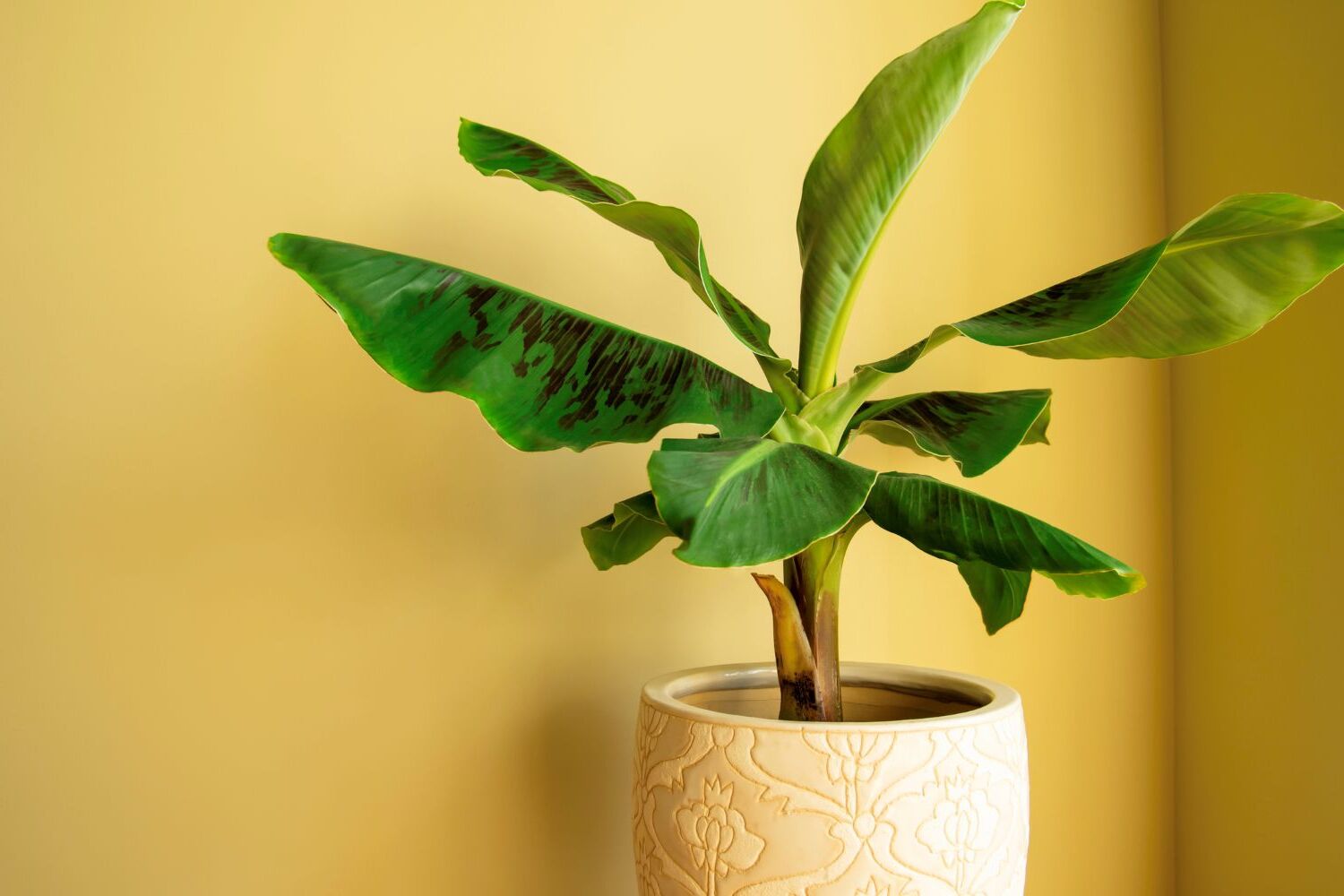
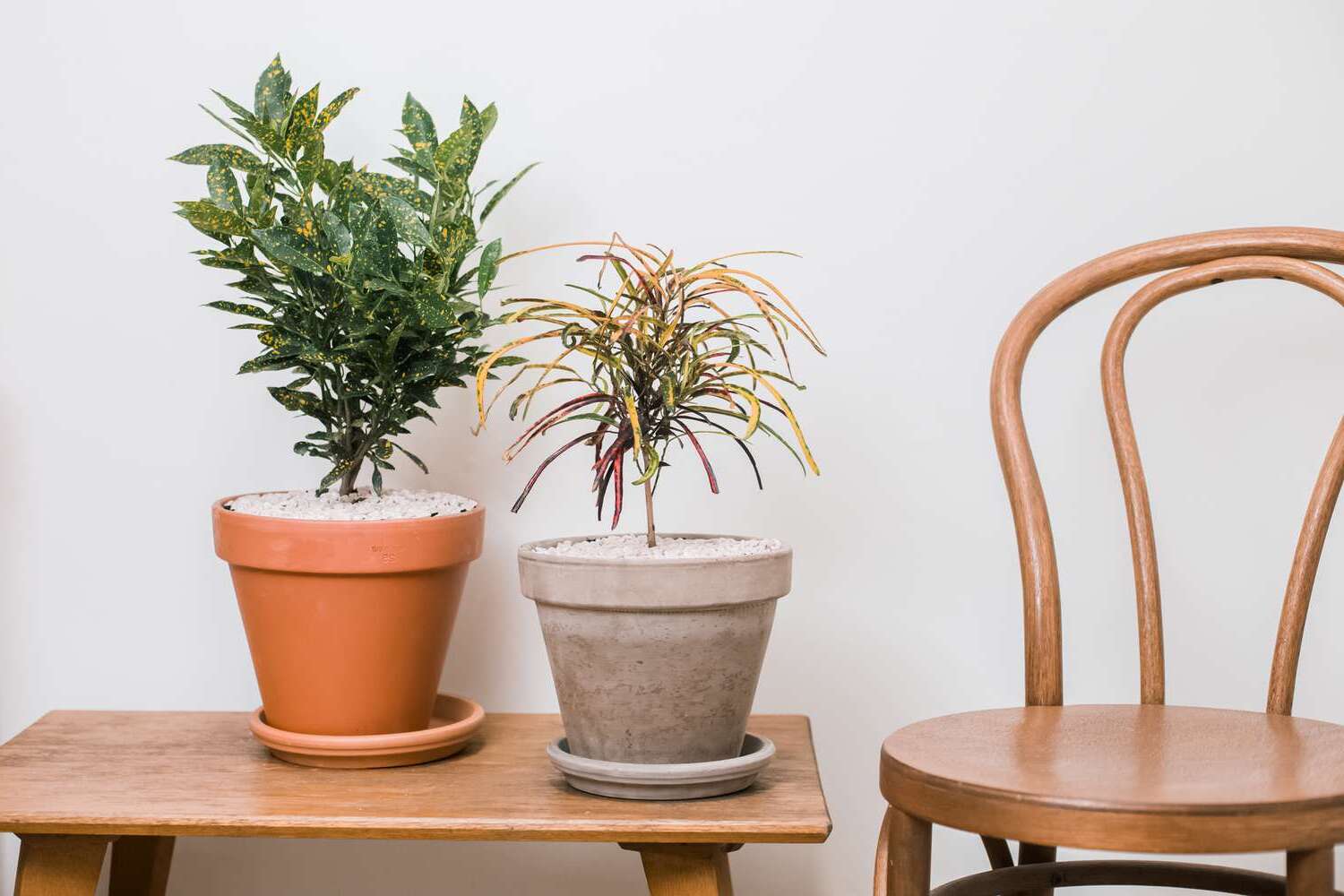
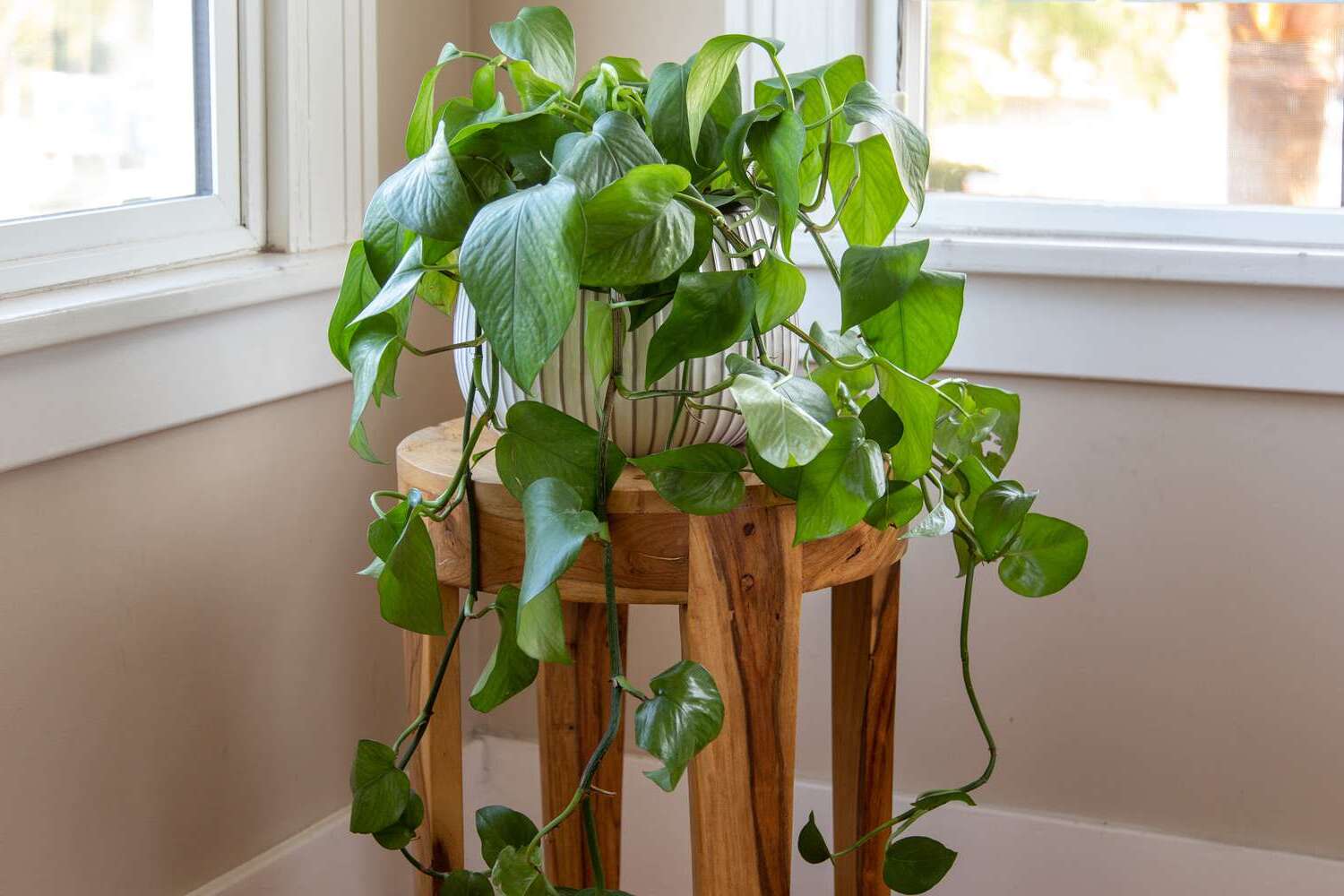
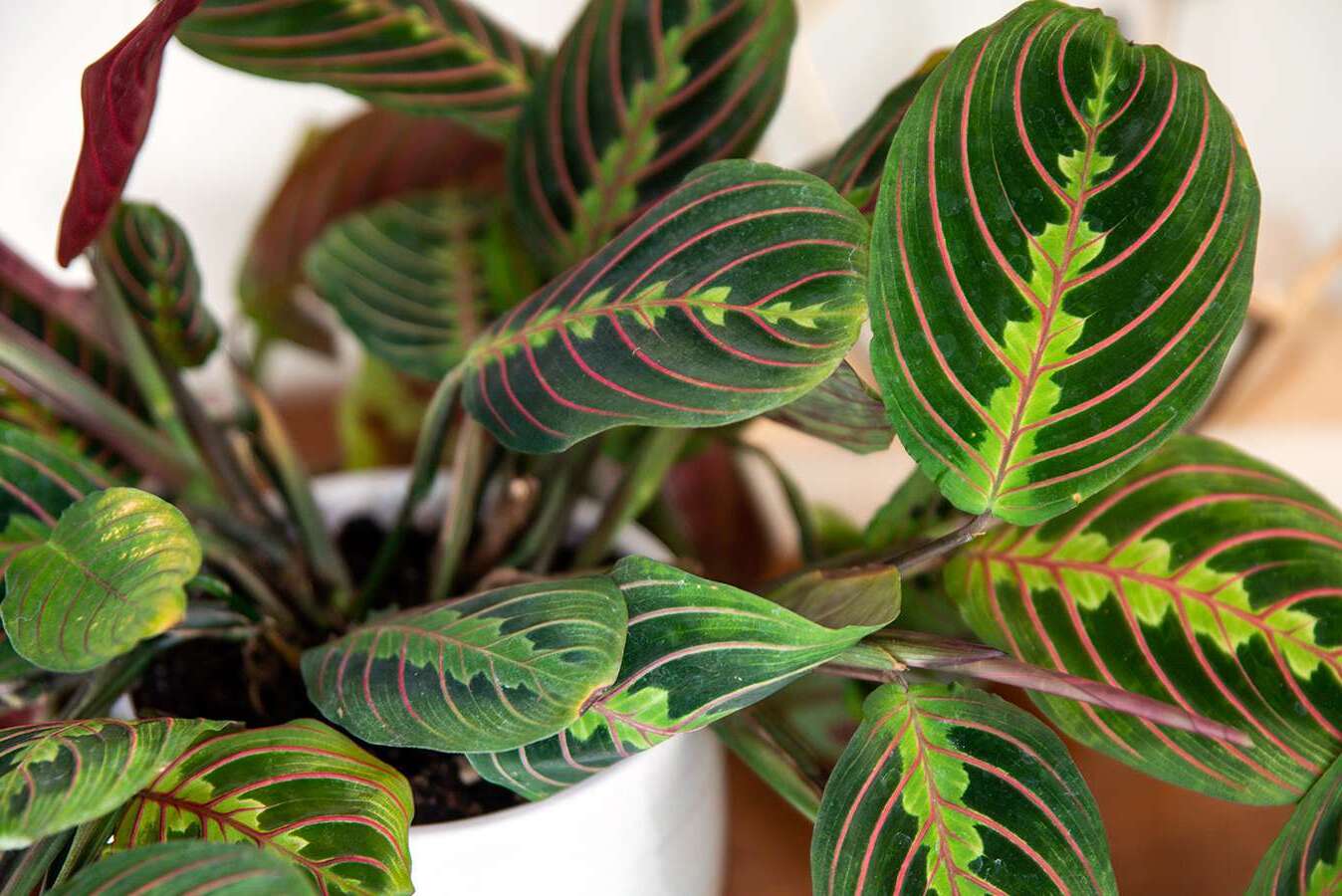
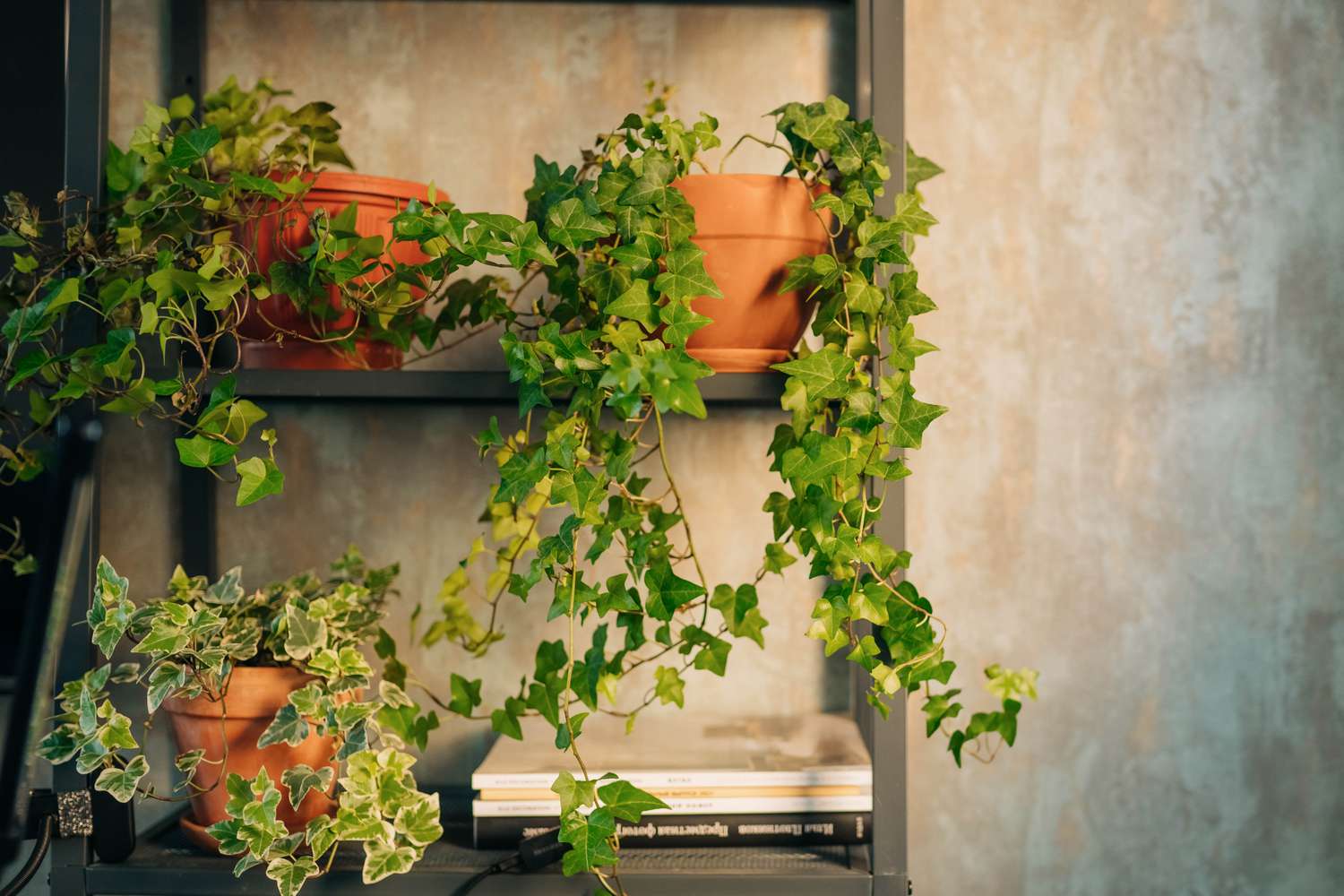
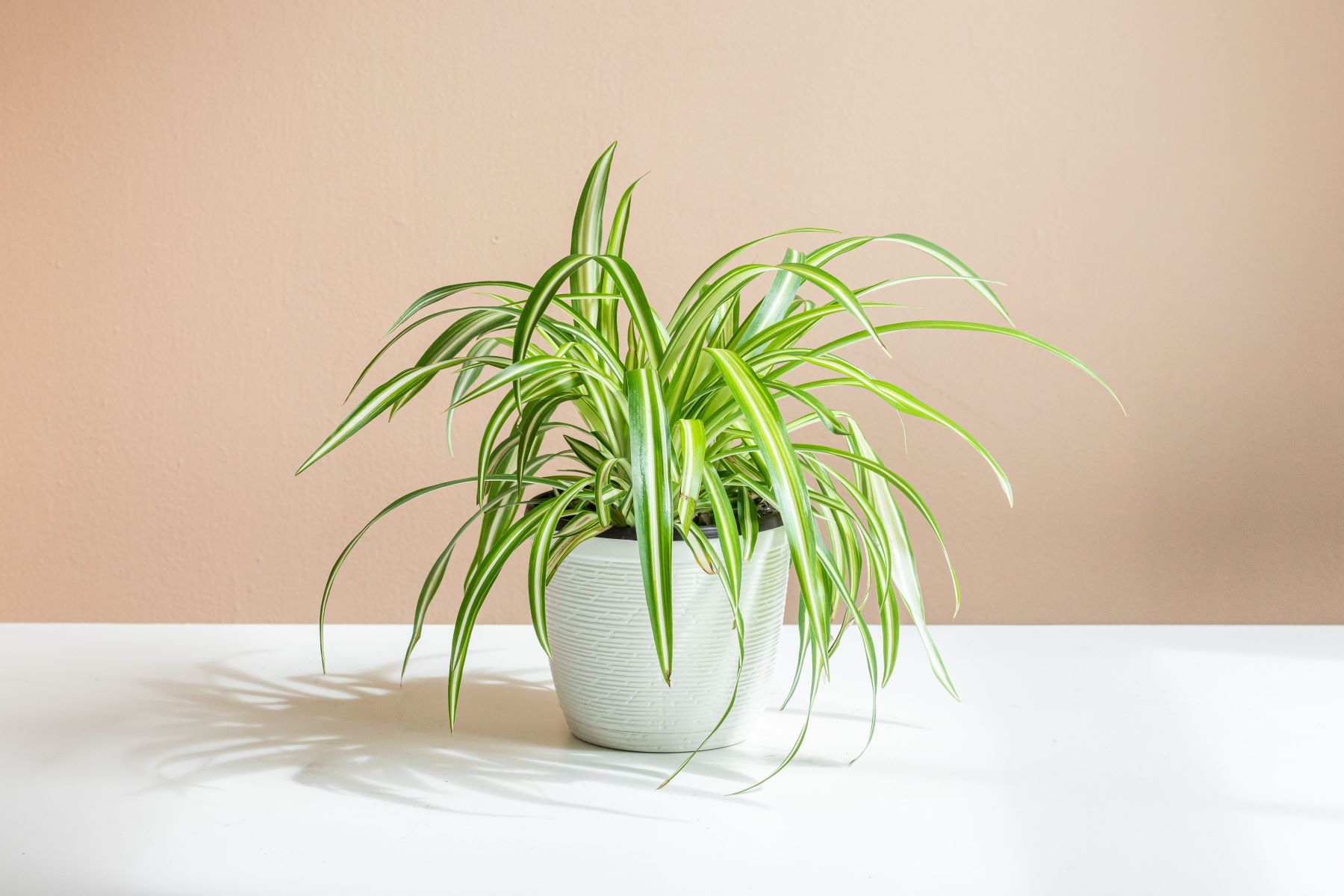
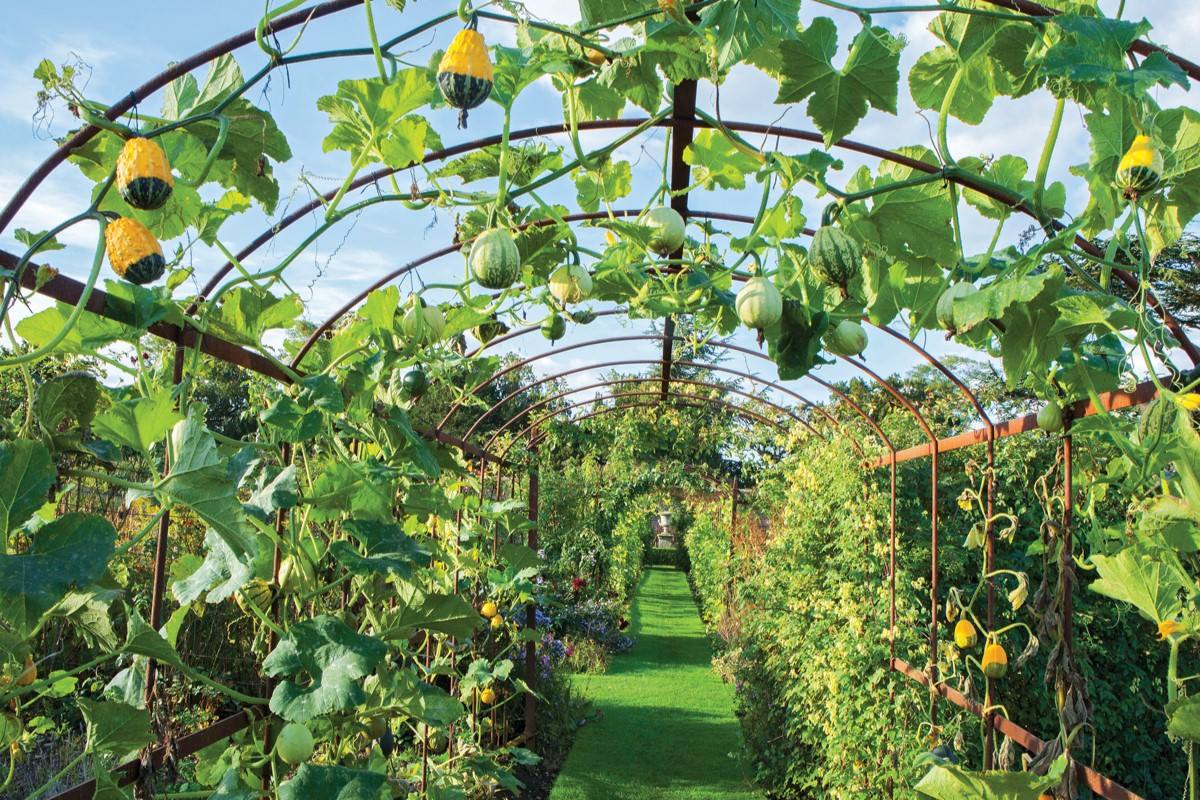
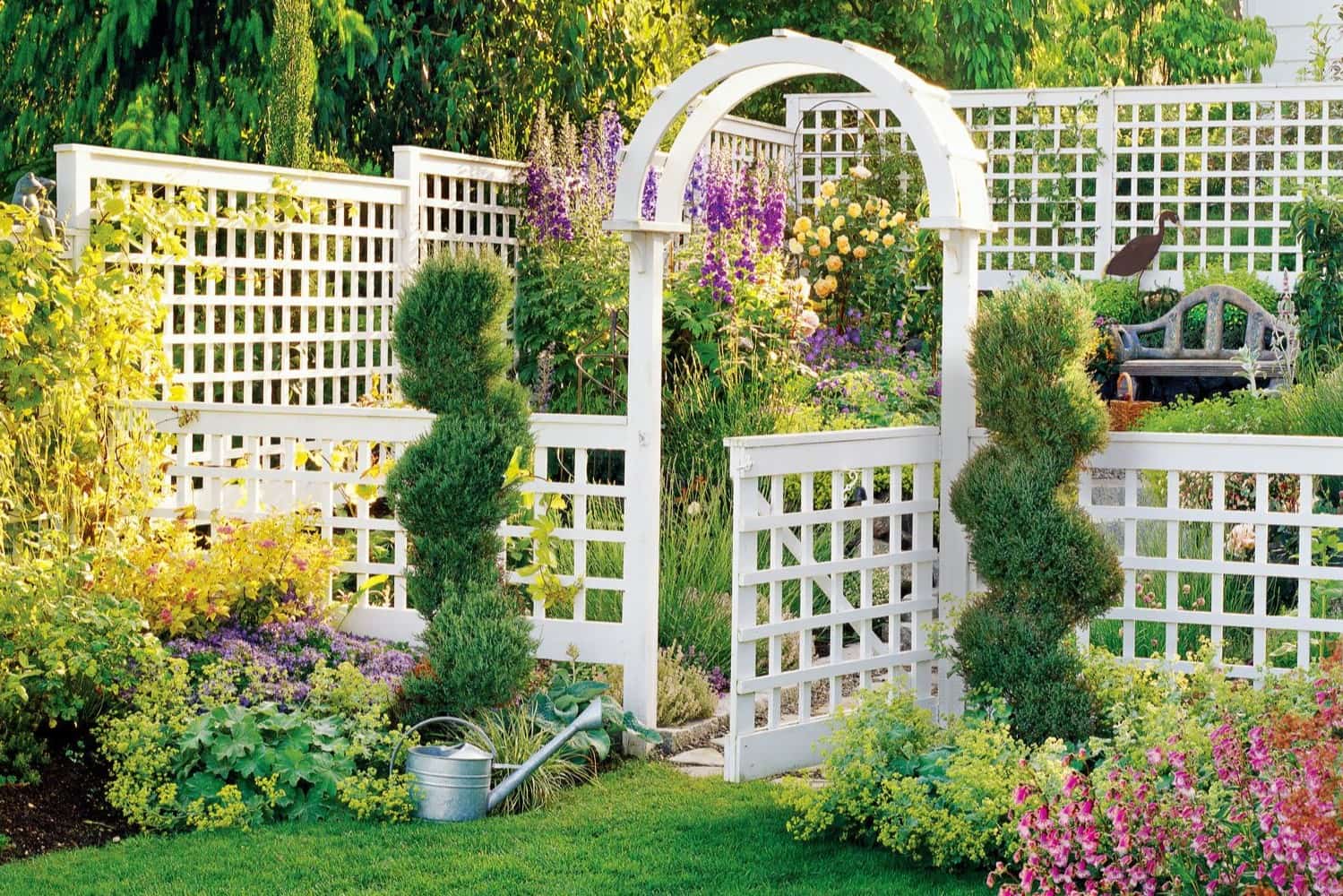
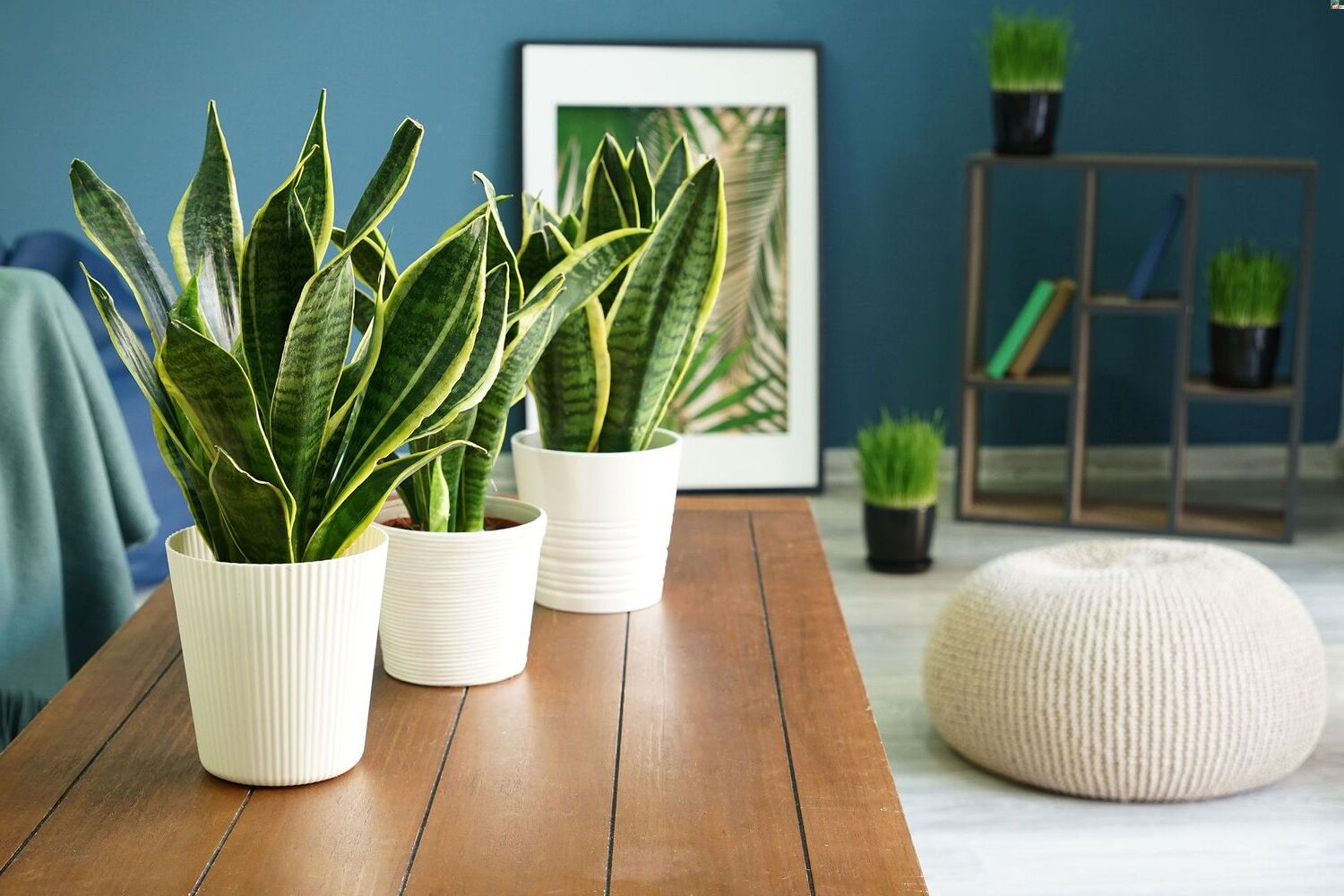
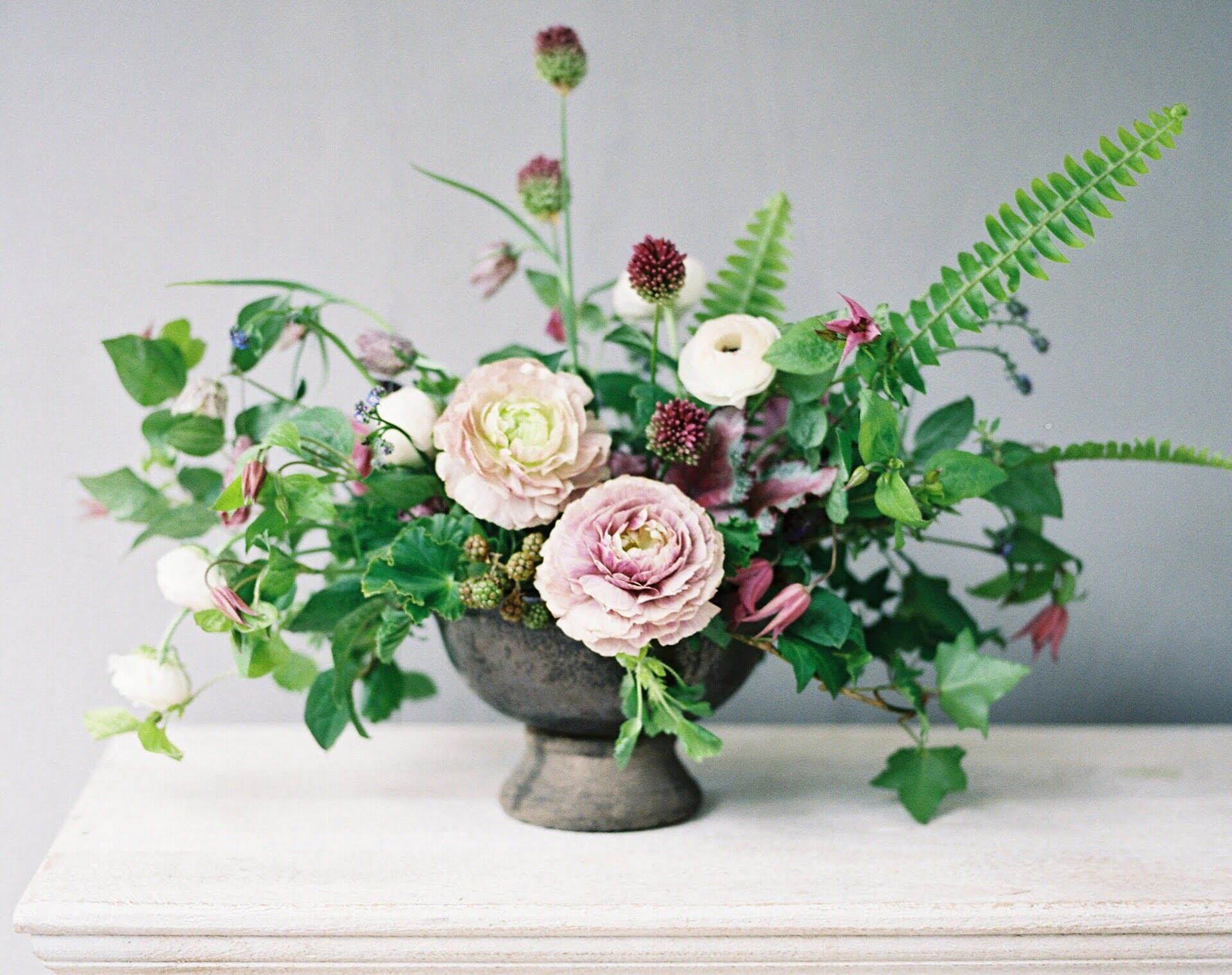
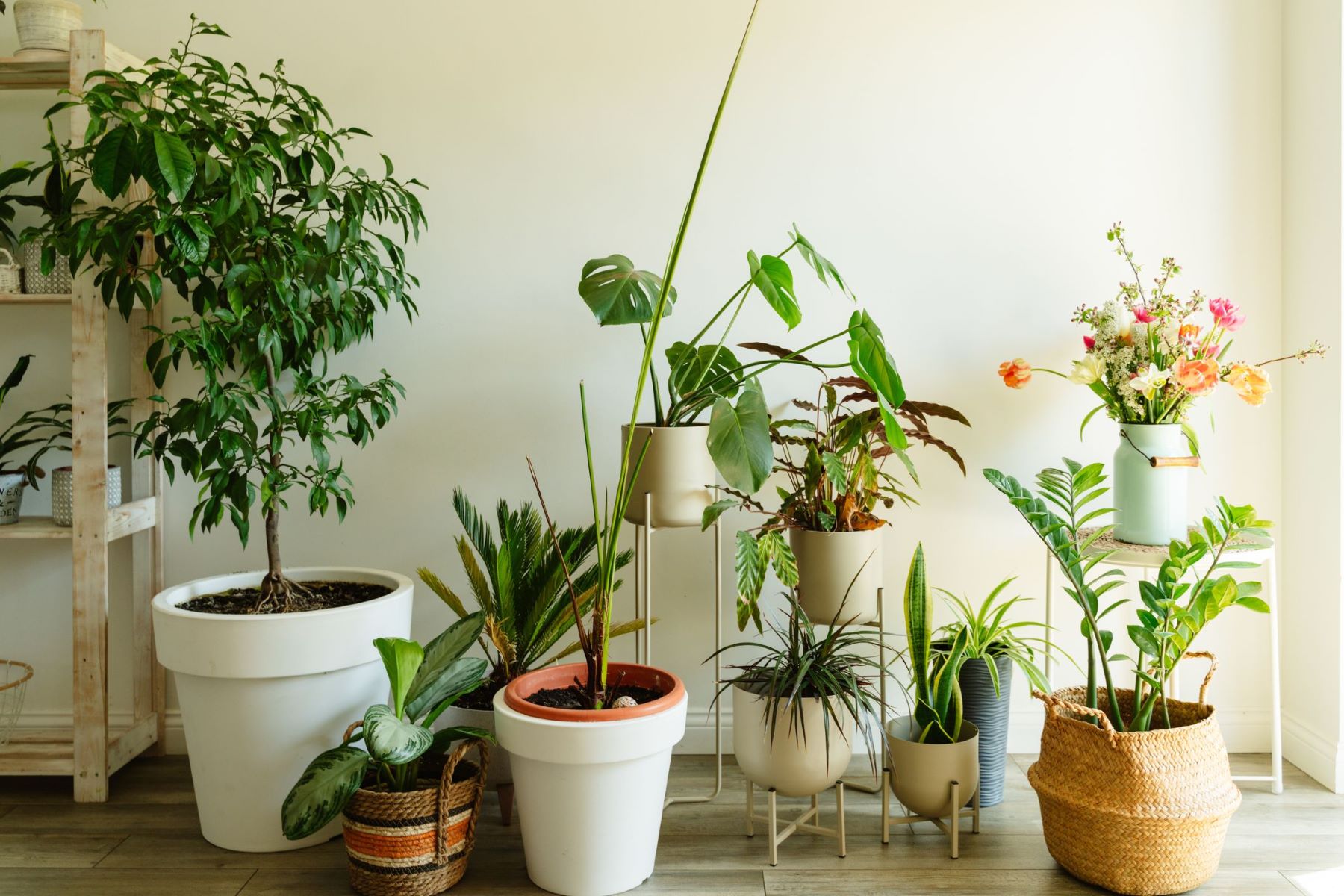
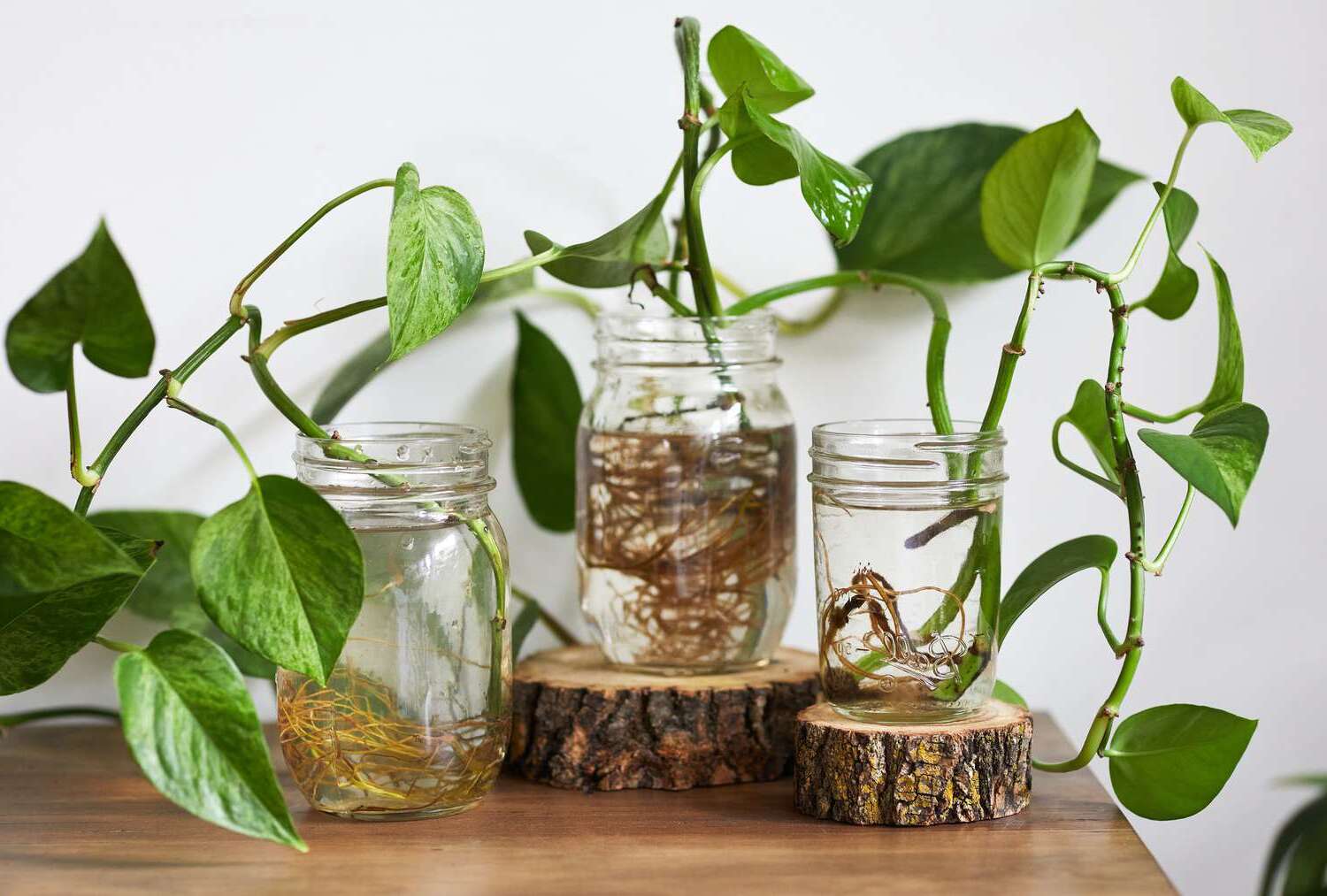

0 thoughts on “Indoor Ivy Plant Trellis Ideas: Elegant Climbing Houseplants”